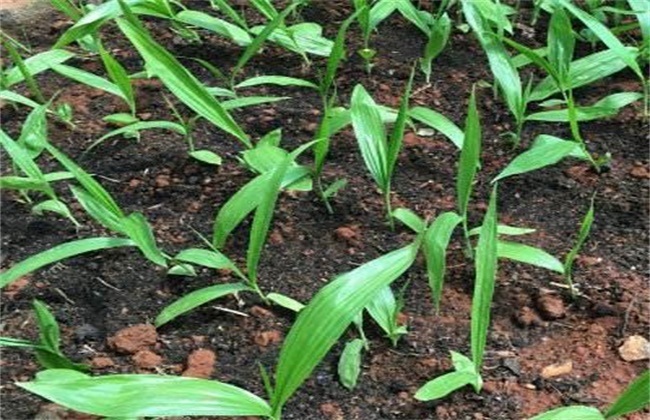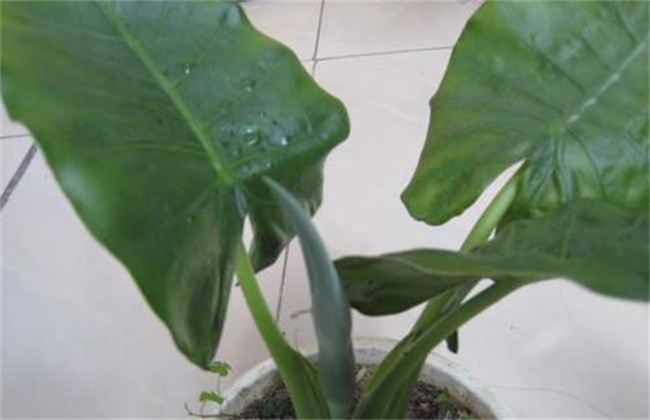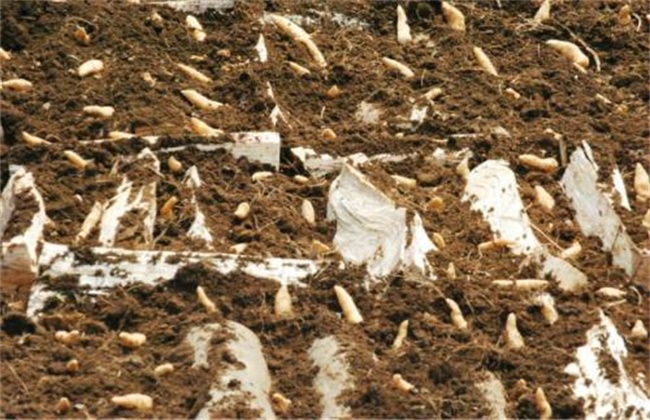Breeding methods of Bletilla striata
The planting of Bletilla striata is not simple, and it is more fastidious in raising seedlings. If you don't pay attention to some details, the planting may fail. The most problems are mainly concentrated in the seedling period, and there are relatively few people who can do a good job in raising seedlings, so let's learn about their seedling methods and see if they can improve their seedling level.

1. Cultivate the soil
Raise seedlings first cultivate soil, this is a kind of iron law for Bletilla striata, if the soil is not good, Bletilla striata seedlings failed half. The root system of Bletilla striata is not deep, and the demand for air permeability is relatively high, and a good soil will suffocate Bletilla striata, so first adjust the soil permeability to create a good cultivation space. This permeability can be achieved by adding sand or washing once with water to appropriately reduce the stickiness of the soil. Use that fertilizer to raise the soil before planting, so that the soil is basically qualified.
2. Sowing seeds
Make sure the seed absorbs enough water before sowing, because the water is not well absorbed after it is planted in the soil. The seed is buried on the surface of the soil and is not pressed to form a natural state, because it will then be watered and the soil will be pressed a little tighter when the water seeps down. Seeds must be completely covered by the soil layer, there must be no exposure, otherwise it is easy to die. Pay attention when sowing, don't squeeze the seed with your hand, it won't germinate if it's crushed.
3. Management
It is better to control the temperature of the seedling bed at about 20 ℃, at which the seed activity is relatively high. Water diligently after sowing, so as not to dry the soil. If you are afraid of the accumulation of water, you can make an opening under the nursery bed to let the stagnant water flow out. If there is stagnant water flowing out every time it is irrigated, it means that there is too much water. At this time, the demand for light is not high, but can be properly irradiated, do not let the light direct to the seedbed, which will lead to a surge in temperature and lead to the death of seedlings.
4. Colonization
After the seedling is finished, you can begin to plant, when planting, it is best to choose when the temperature is relatively stable for several consecutive days, and to avoid sunny weather, otherwise the early sun exposure, these seedlings are basically hopeless. The soil covered by each seedling only goes beyond the root, which is not good. A small amount of fertilizer is placed at the bottom of the pit, and the nutrients obtained from the soil by Bletilla splendens seedlings in the early stage are difficult to meet their own growth. After the completion of planting, you should pay attention to inspection to see if there are any abnormal seedlings, and if you find it, you should deal with the replenishment of seedlings in time.
The above is the breeding method of Bletilla striata, as a medicinal material Bletilla striata is difficult to survive in the early stage, but it is better to breed in the later stage. If you cultivate a good seedling in the early stage and lay a good foundation, it will be much easier later.
Related
- Fuxing push coffee new agricultural production and marketing class: lack of small-scale processing plants
- Jujube rice field leisure farm deep ploughing Yilan for five years to create a space for organic food and play
- Nongyu Farm-A trial of organic papaya for brave women with advanced technology
- Four points for attention in the prevention and control of diseases and insect pests of edible fungi
- How to add nutrient solution to Edible Fungi
- Is there any good way to control edible fungus mites?
- Open Inoculation Technology of Edible Fungi
- Is there any clever way to use fertilizer for edible fungus in winter?
- What agents are used to kill the pathogens of edible fungi in the mushroom shed?
- Rapid drying of Edible Fungi



